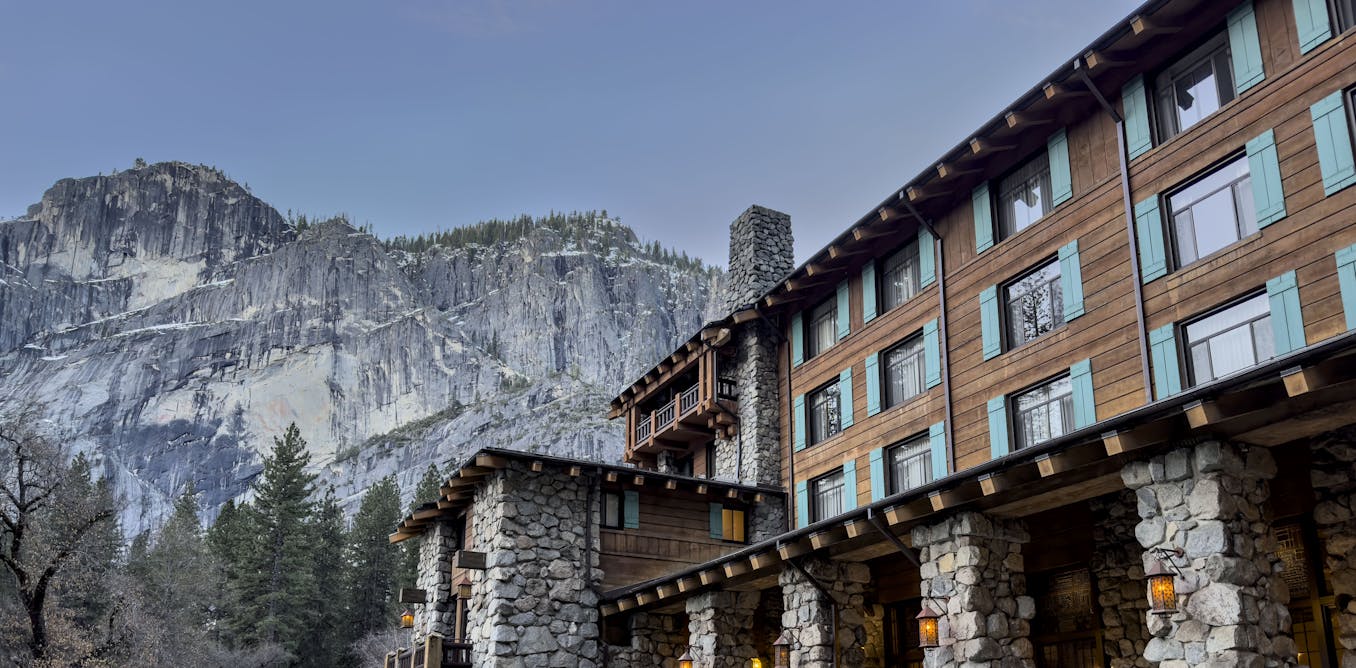The majestic landscapes of America’s national parks, particularly Yosemite, have long been the epicenter of a contentious battle between public preservation and private commercial interests. This enduring debate, stretching back over a century, explores the fundamental question of who truly benefits from these natural wonders and the acceptable limits of private enterprise within public domain.
The roots of this conflict run deep, predating the formal establishment of many national parks. In 1864, motivated by concerns of private encroachment, President Abraham Lincoln signed the Yosemite Grant Act, specifically ceding Yosemite Valley and Mariposa Grove to California. This landmark decision aimed to protect these iconic areas from falling into private hands, setting a precedent for public ownership years before Yellowstone became the nation’s first national park in 1872.
Despite early legislative efforts, the role of private companies within Yosemite remained a persistent challenge. Over time, various private businesses vied for tourist dollars, leading to the eventual consolidation of competing entities like the Curry Camping Company. This merger, orchestrated by the National Park Service in 1925, established exclusive concessionaire rights, aiming to streamline management but simultaneously granting immense power to single private entities within the park’s boundaries.
This inherent tension between profit generation and the national park service’s mission of preservation frequently surfaced. A prime example is the contentious development of the Badger Pass Ski Area in the early 1930s. Initially opposed by the park service as an inappropriate commercial venture, the concessionaire insisted on its construction, arguing its necessity for boosting winter visitation and profitability, highlighting the diverging priorities at play.
The debate intensified further with the acquisition of the Yosemite Park and Curry Company by entertainment conglomerate Music Corporation of America (MCA) in 1973. This corporate takeover ignited widespread alarm among conservationists, who feared the potential “theme park” transformation of Yosemite. Concerns mounted as visitor numbers climbed significantly under MCA’s management, prompting renewed calls for stricter oversight of development and overcrowding within the park.
Critics pointed to the extensive commercial infrastructure that had proliferated within Yosemite Valley, including multiple restaurants, gas stations, grocery stores, and various recreational facilities. They argued that such a proliferation of development contradicted the national park service’s foundational mandate to maintain these pristine natural areas “unimpaired for the enjoyment of future generations,” suggesting a deviation from the core principles of public stewardship.
The long-standing issue of private interests versus public resources resurfaced dramatically in 2016 with the dispute over historic property names during a concessionaire transition. Delaware North claimed ownership of iconic names like the Ahwahnee Hotel, leading to temporary name changes and public outrage. This incident underscored the deep emotional connection the American people have to their national parks and the fierce protectiveness they feel over their shared heritage.
More recently, the Trump administration’s policies, marked by proposed budget cuts and personnel reductions, reignited fears of increased privatization and commercial exploitation within the national parks. Conservationists warned that such measures could “hollow out” the national park service, paving the way for greater private sector influence and potentially compromising the integrity of these invaluable public lands for future generations.
Ultimately, the struggle between privatization and preservation in US national parks like Yosemite National Park is an enduring saga. As pressures on these precious natural resources continue to mount, the fundamental question of how best to manage and protect them for the public good remains a central and unresolved aspect of American environmental policy and public land management.






Leave a Reply